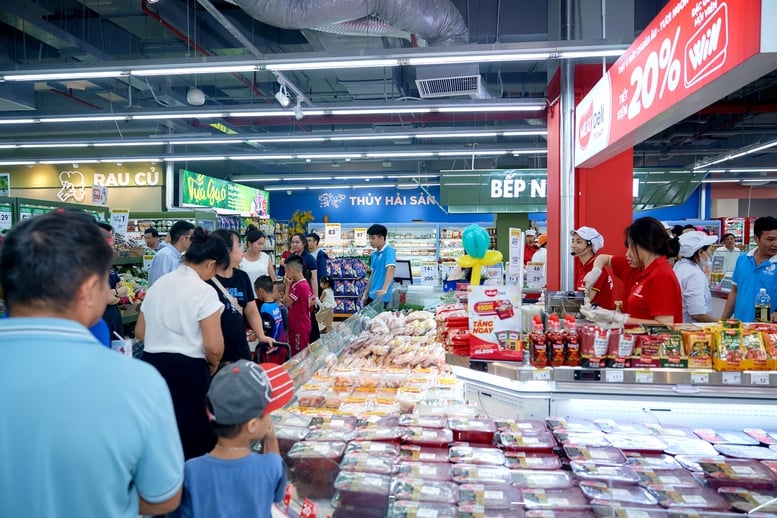
Consumers prefer Masan products
It can be seen that maintaining business efficiency in the context of the consumer - retail industry under cost pressure and purchasing power not fully recovered is a positive signal for the market. The Group is repositioning its growth model based on two pillars: Consolidating the economic value of each core business segment and promoting cohesion in the integrated retail ecosystem. This is considered the foundation for the next growth phase, while maintaining investor confidence in the long-term strategy.
Revenue and profit increase, close to completing 2025 plan
In the third quarter of 2025, consolidated revenue reached VND21,164 billion, up 9.7% on a like-for-like basis. Profit after tax reached VND1,866 billion, 1.4 times higher than the same period. In the first 9 months of the year, revenue reached VND58,376 billion, up 8% on a LFL basis, while profit after tax reached VND4,468 billion, up 63.9% and completing more than 90% of the yearly plan.
This result was positively impacted by three main factors: One is improved profit efficiency at WinCommerce (WCM), Masan MEATLife (MML) and Phuc Long Heritage (PLH); Two is better recognition of contribution from Techcombank ; Three is reduced cost pressure after the restructuring process, including the divestment of HC Starck.
WCM continues to be the key driver of the ecosystem with rapid network expansion while maintaining profit discipline. Year-to-date, the business has opened a net 464 stores, over 80% of which have achieved EBITDA break-even at the store level. Thanks to its strategy of shifting to better margin areas, especially the Central region and rural areas, WCM has maintained double-digit LFL growth for mini-marts.
For MML, operating efficiency improved significantly thanks to livestock productivity, fresh meat consumption, processed meat through the WCM system, and value-added strategy. EBIT margin reached 6%, up 370 basis points compared to the same period. PLH also recorded revenue growth of 21.2% in the quarter thanks to expanding the food portfolio and increasing the proportion of sales through delivery channels.
On the other hand, MCH is in the process of converting to a direct distribution method nationwide, so revenue decreased by 5.9% in the third quarter. However, MCH's net revenue has narrowed the decline quarter-on-quarter, showing that the process of perfecting the new model is creating the premise to return to positive growth in the next period.
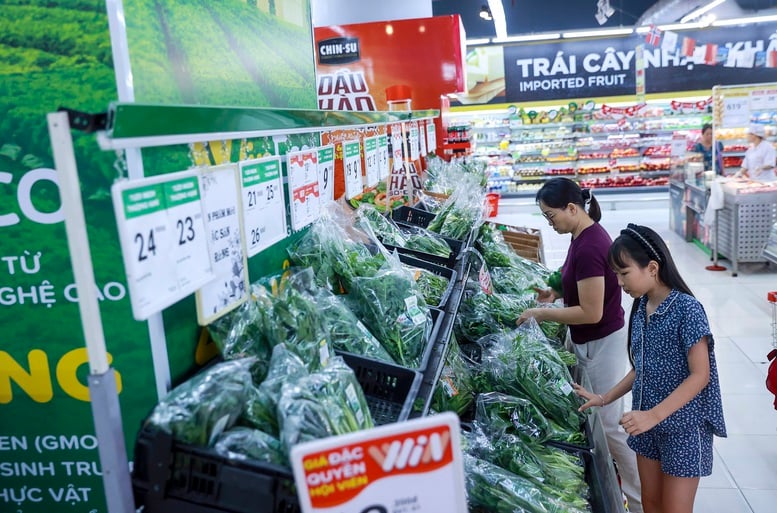
The strategy of repositioning the modern retail model associated with the essential consumer production chain helps the group stay on track towards "profitable scale growth".
Core business segments contribute steadily to growth
The integrated consumer-retail model continues to affirm Masan's competitive advantage in controlling the value chain from production to the point of sale. With an expected scale of 4,500 stores by the end of this year, WCM not only plays the role of a distribution channel but also a key commercial platform ensuring the flow of goods within the group.
The rural priority strategy has shown clear results. With more than 60% of the population living in this area, the demand for essential consumer goods is increasing rapidly with the improvement in income. The LFL rate of the WinMart+ rural chain reached 17.4%, reflecting the acceptance of the modern retail model in an area that previously lacked the presence of a formal distribution system.
PLH continued to expand revenue contribution from the food products group - a segment with high profit margins and high purchase frequency. The proportion of the delivery channel increased to 32.9%, helping to expand the scale of out-of-store consumption and contribute additional positive margins to the group.
For MCH, the transformation is aimed at achieving a long-term goal of increasing coverage, improving distribution quality and reducing dependence on traditional wholesale channels. With distributor inventory levels reduced and average sales productivity increasing by 50%, the model is expected to contribute to growth again from 2026.
Masan MEATLife, after years of improving its supply chain, has now reached a scale large enough to consolidate profit margins through value-added products. The proportion of processed products reached 33% of revenue, showing that the trend of shifting in depth is taking effect.
Financial foundation for sustainable growth
The 2025 plan sets an expected consolidated net revenue of VND80,000 - 85,500 billion and NPAT Pre-MI profit of VND4,875 - 6,500 billion. With the current profit accumulation rate, this target is considered feasible, especially when the financial indicators of the core segments are improving evenly.
The roadmap for reducing financial leverage is also being maintained through optimizing the asset structure and divesting non-core investments. After completing the sale of HC Starck, Masan will focus more purely on the consumer-retail platform and promote digital transformation to increase operational efficiency.
In 2026, the main driving force is expected to come from three pillars. Specifically, WinCommerce expands its network and increases LFL steadily; MML increases the proportion of processed products and optimizes the value of pork; MCH completes the transformation of its distribution model and returns to double-digit growth.
In addition, the WiN membership program is being deployed as a unified data infrastructure, improving the ability to analyze consumer demand and optimize product categories by region. This is the basis for increasing profit margins in depth instead of just growing by the number of stores.
The notable point in this report is that Masan not only stated expectations but also transformed the strategy into specific figures. The fact that it is almost completed the full-year profit plan after 9 months affirms its operational capacity and financial management discipline.
In a challenging consumer market, maintaining profit growth is a testament to the sustainability of the integrated model. This also strengthens shareholder confidence in the group's medium-term strategy: expanding scale while still controlling operational efficiency, thereby creating real business value.
The results of the third quarter of 2025 show that Masan is approaching its annual target with a consolidated profit foundation and clear growth drivers. The strategy of repositioning the modern retail model associated with the essential consumer production chain continues to be effective, helping the group stay on track towards "profitable scale growth".
With a roadmap to reduce financial leverage, increase synergies in the ecosystem and optimize the efficiency of each business segment, Masan is expected to maintain its recovery momentum and expand its growth space in the 2025-2026 period.
For shareholders, this is an important signal that the commitment has been translated into results. The Group continues to prioritize long-term growth based on financial discipline, sustainability and creating real value for investors.
Vinh Hoang
Source: https://baochinhphu.vn/masan-tang-truong-quy-mo-di-cung-hieu-qua-loi-nhuan-102251027112951679.htm





![[Photo] Party Committees of Central Party agencies summarize the implementation of Resolution No. 18-NQ/TW and the direction of the Party Congress](https://vphoto.vietnam.vn/thumb/1200x675/vietnam/resource/IMAGE/2025/10/27/1761545645968_ndo_br_1-jpg.webp)

![[Photo] National Assembly Chairman Tran Thanh Man receives Chairman of the House of Representatives of Uzbekistan Nuriddin Ismoilov](https://vphoto.vietnam.vn/thumb/1200x675/vietnam/resource/IMAGE/2025/10/27/1761542647910_bnd-2610-jpg.webp)


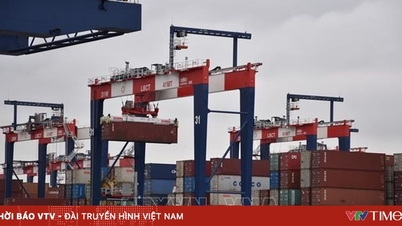
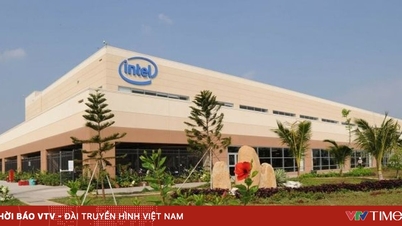
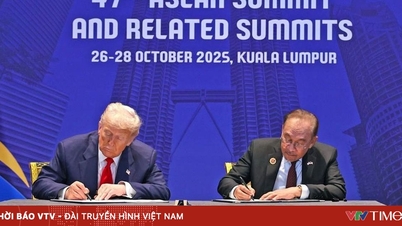






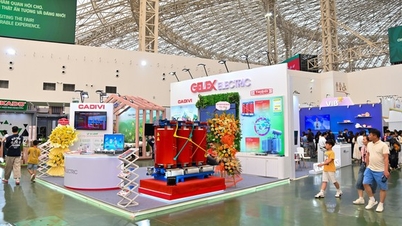
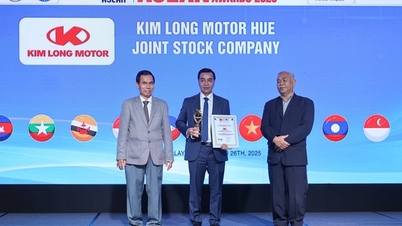


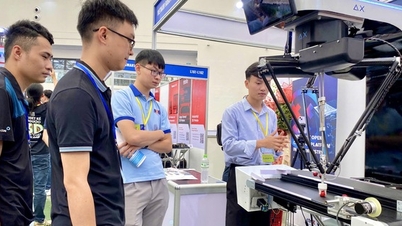

















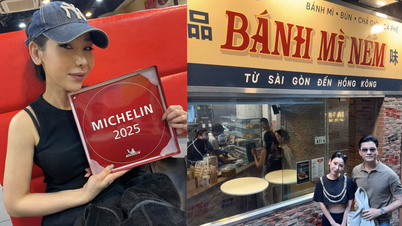

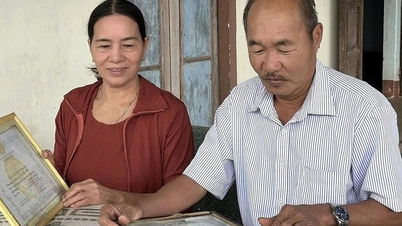
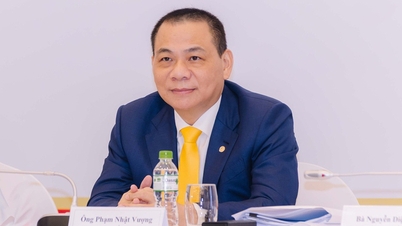



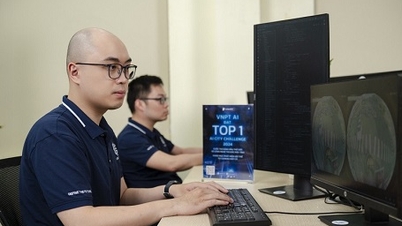


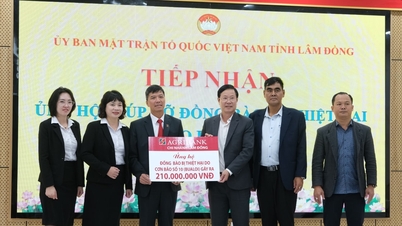



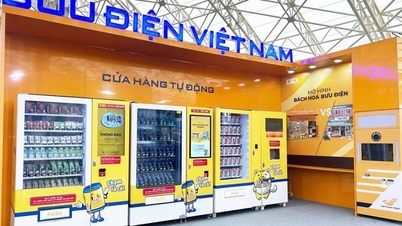

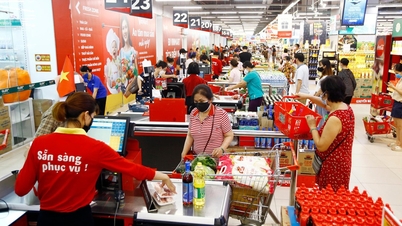








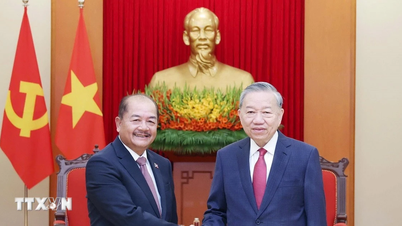

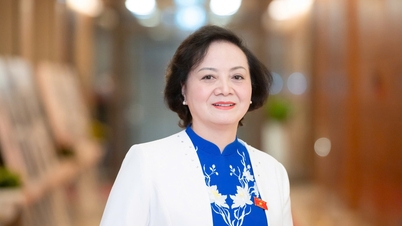

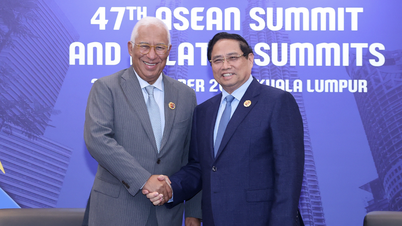
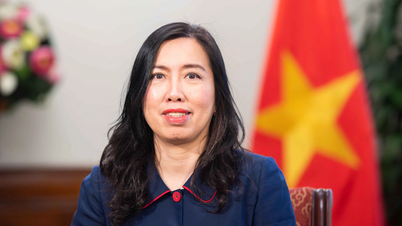


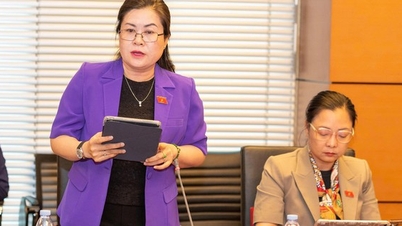


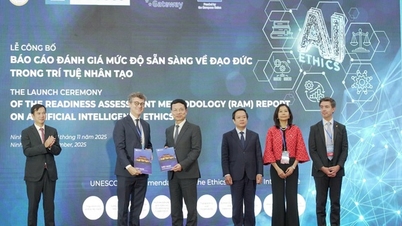




















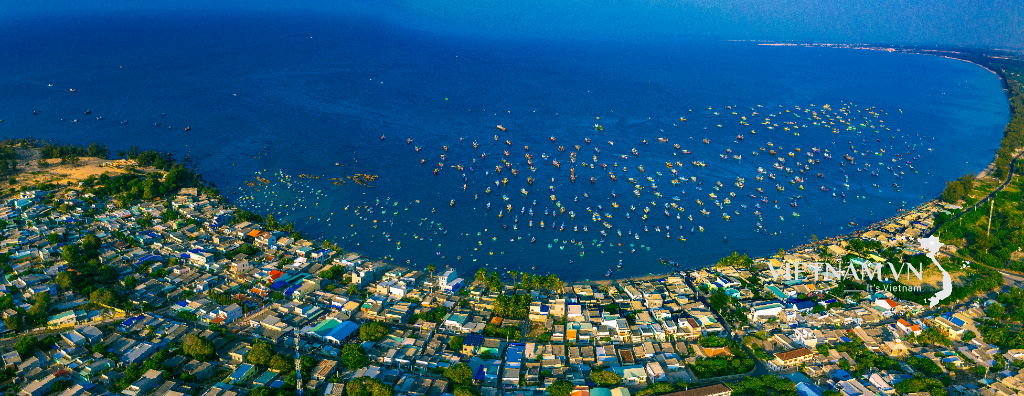



Comment (0)